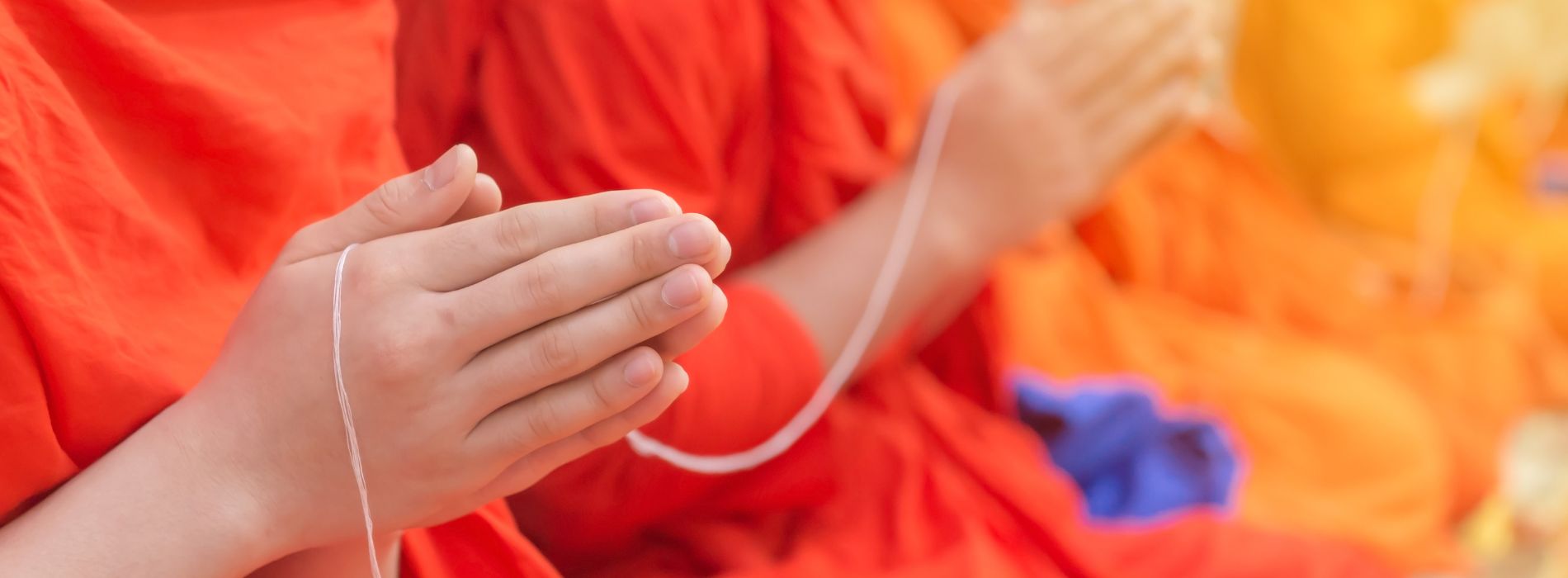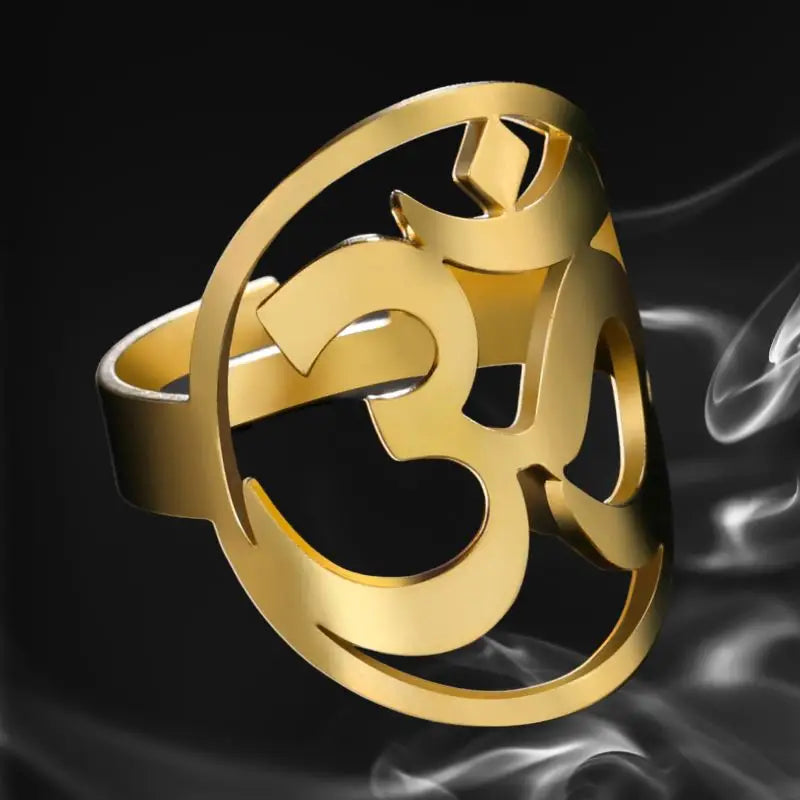How to prostrate before Buddha?
How to prostrate before Buddha?
Meaning of prostration before Buddha
Prostration is an integral part of Buddhist practice and is a gesture of respect and devotion to Buddha. It also symbolizes the abandonment of the ego and humility of the spirit. Prostration can take different forms depending on Buddhist traditions, but the essence remains the same.
When one prostrates before Buddha, one expresses one's respect and gratitude towards his teaching and wisdom. It is also a way of connecting with our own inner Buddha nature and cultivating qualities such as loving-kindness, compassion and wisdom.
The different forms of prostration
There are different forms of prostration in Buddhism. The most common is the three-point prostration, which involves bowing with the palms together in front of the heart, then bowing forward touching the ground with the knees, hands and forehead. Some practitioners may also prostrate by touching the ground with five parts of their body: both hands, both knees and forehead.
Another form of prostration is standing prostration, where one kneels before Buddha and leans forward touching the ground with the hands. Some more advanced practitioners can also perform full prostrations, where they lie completely on the ground face down.
It is important to remember that the exact form of prostration can vary depending on specific traditions and teachings. It is best to refer to a qualified Buddhist teacher for precise instructions on how to prostrate.
The practice of prostration
Prostration can be practiced in different ways, depending on the needs and preferences of each individual. Some practitioners prostrate regularly in their daily practice, while others do so during special rituals or ceremonies.
Prostration can be accompanied by recitations of mantras or prayers, thereby cultivating feelings of gratitude, devotion and spiritual connection. Some practitioners may also use physical supports such as meditation mats or cushions to kneel or recline more comfortably.
The key to practicing prostration is intention and mental attitude. It is important to perform the prostration with a heart filled with respect, gratitude and openness. This can help cultivate valuable qualities such as humility, patience and compassion.
The importance of prostration in the Buddhist tradition
Prostration is a common practice in many Buddhist traditions and is of great importance. It is seen as a way to cultivate positive virtues and qualities, and as a way to connect to the teaching of Buddha.
Prostration is also considered a practice of offering, where we offer our body, speech and mind to Buddha, the teachings and the community of practitioners. By offering these aspects of our being, we strengthen our relationship with the Buddhist path and nourish our own spiritual development.
Prostration as a meditation practice
Prostration can also be considered a moving meditation practice. By bowing slowly and consciously, paying attention to every movement and every breath, we can cultivate a deep presence of mind and an intimate connection with our body and mind.
Prostration can help calm the restless mind, detach oneself from daily concerns and cultivate deep inner peace. It can also help develop qualities such as acceptance, patience and gratitude.
By integrating prostration into our meditative practice, we can deepen our understanding and experience of the Buddhist path, while cultivating valuable qualities that help us in our daily lives.
Conclusion
Prostration is an important practice in Buddhism, which expresses respect, gratitude and devotion to Buddha and his teaching. It allows us to cultivate valuable qualities and establish a deep connection with our own inner Buddha nature.
Whether in the form of three-point prostration, standing prostration or full prostration, the practice of prostration can be adapted according to the needs and preferences of each practitioner. The key is to cultivate the appropriate intention and mental attitude, expressing respect, gratitude and openness.












































